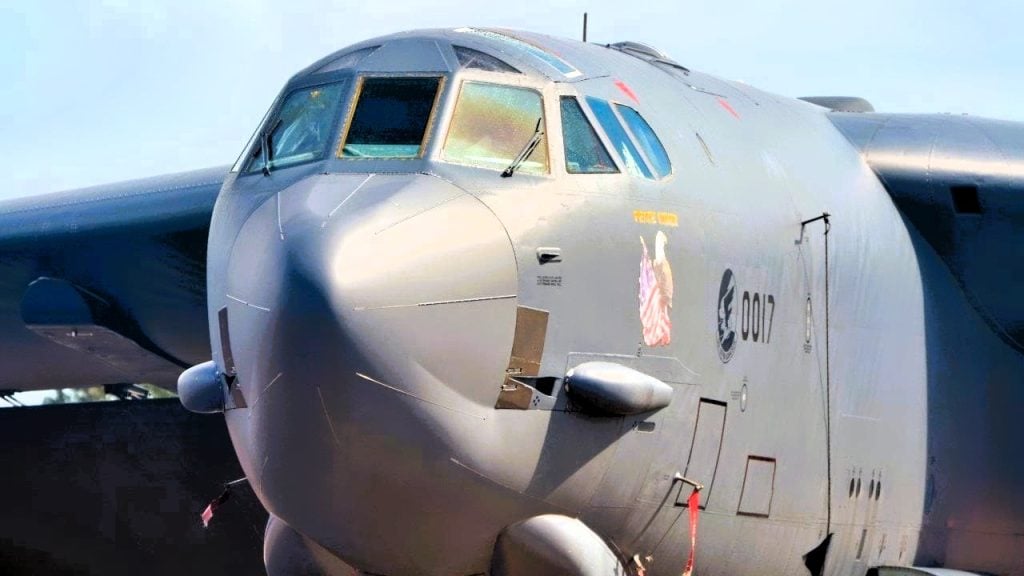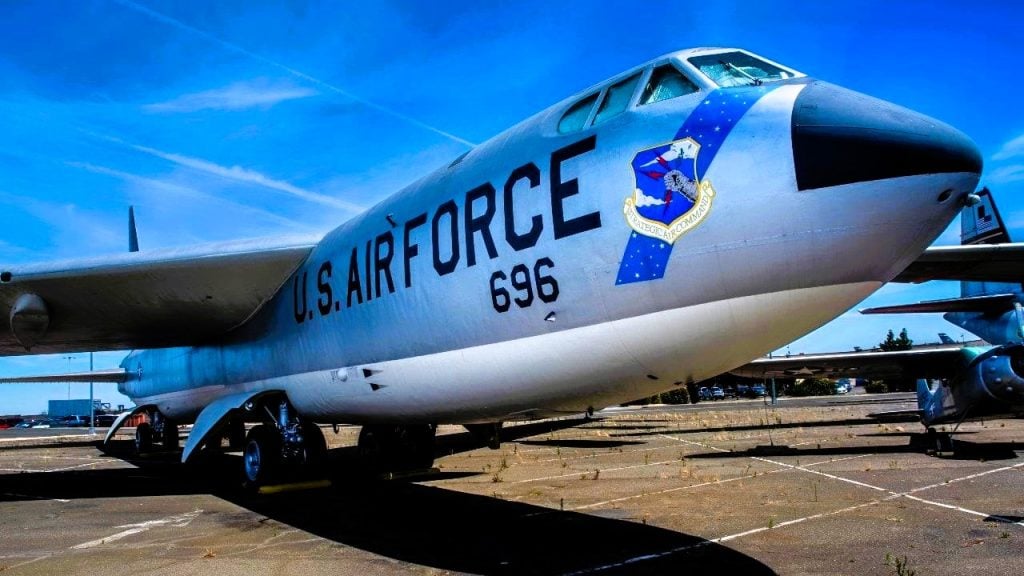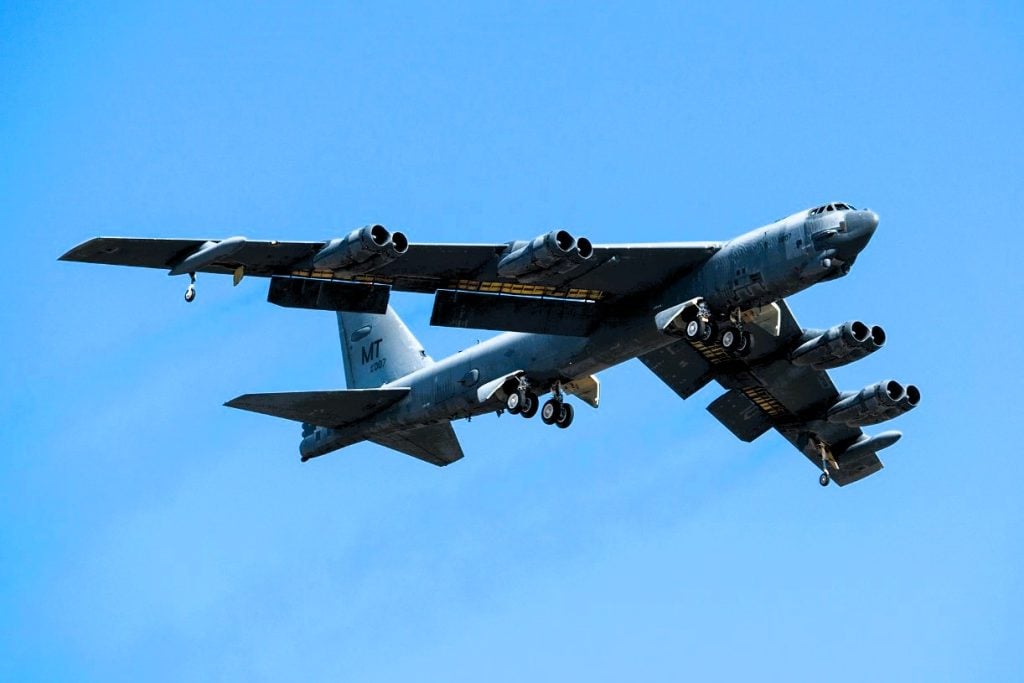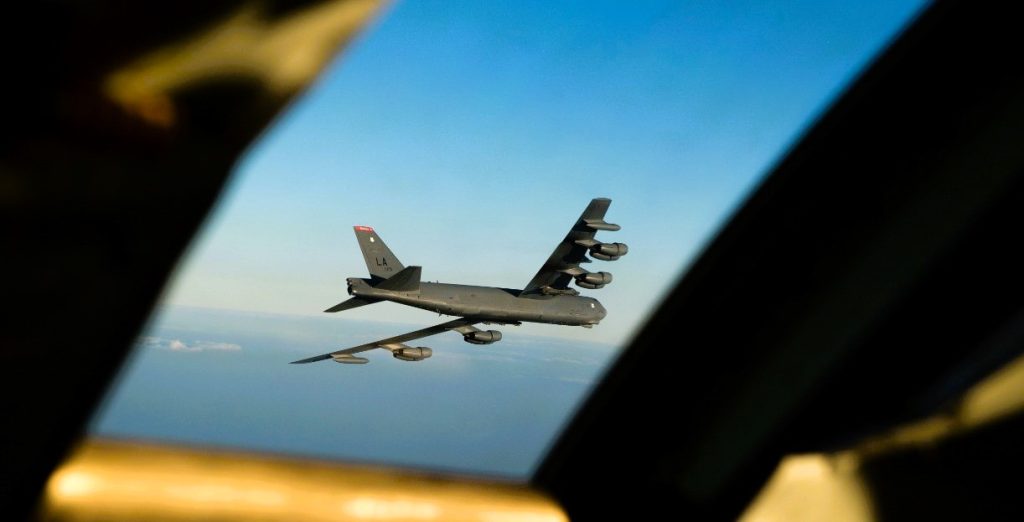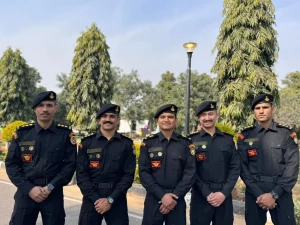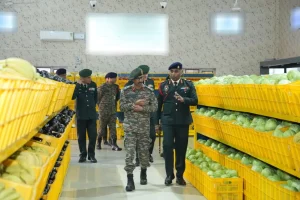Throughout the annals of military aviation, heavy bombers have played a pivotal role in shaping the outcomes of conflicts and influencing global power dynamics. This article highlights the top five heavy bombers in history, excluding those from Axis powers and present-day Russia. These bombers are recognized for their significant contributions to major battles and their enduring legacies in military history.
Table of Contents
- Boeing B-29 Superfortress
- B-17 Flying Fortress
- Consolidated B-24 Liberator
- Avro Lancaster
- Boeing B-52 Stratofortress
Boeing B-29 Superfortress
Overview
The Boeing B-29 Superfortress is renowned for its role in ending World War II through the atomic bombings of Hiroshima and Nagasaki. This bomber also conducted extensive conventional bombing raids, playing a crucial role in the Allied victory in the Pacific Theater.
Design and Specifications
The B-29 was a marvel of engineering for its time, featuring advanced technology and formidable capabilities. According to PBS, the Superfortress spanned 141 feet, 3 inches from wingtip to wingtip and measured 99 feet from nose to tail. Its 27-foot 9-inch high tail turret was likened to the height of a three-story house. The aircraft had a maximum takeoff weight of 133,500 pounds and could carry a bomb load of up to 20,000 pounds.
Specifications Table:
| Feature | Specification |
|---|---|
| Wingspan | 141 feet, 3 inches |
| Length | 99 feet |
| Height | 27 feet, 9 inches |
| Max Takeoff Weight | 133,500 pounds |
| Max Bomb Load | 20,000 pounds |
Operational History
The B-29 made its combat debut in June 1944. It dropped a total of 147,000 tons of bombs on Japan during World War II, including the devastating firebombing of Tokyo. During the Korean War, the Superfortress continued its service, dropping an additional 176,000 tons of bombs against Communist forces.
Legacy
The B-29’s impact on the outcome of World War II cannot be overstated. It was instrumental in forcing Japan’s surrender, thereby ending the war. Its advanced technology and strategic bombing capabilities set the standard for future heavy bombers.
B-17 Flying Fortress
Overview
The B-17 Flying Fortress is one of the most iconic bombers of World War II. Known for its durability and strategic bombing capabilities, the B-17 played a vital role in the European Theater.
Design and Specifications
The B-17 had a length of 74 feet, 4 inches and a wingspan of 103 feet, 9 inches. Its maximum takeoff weight was 65,500 pounds, with a long-range bomb load of 4,500 pounds. The aircraft was designed for durability and could sustain significant damage while remaining operational.
Specifications Table:
| Feature | Specification |
|---|---|
| Wingspan | 103 feet, 9 inches |
| Length | 74 feet, 4 inches |
| Max Takeoff Weight | 65,500 pounds |
| Max Bomb Load | 4,500 pounds (long-range) |
Operational History
The B-17 made its combat debut in July 1941, initially flown by British aircrews. Throughout the war, it dropped 640,000 tons of bombs on Germany and its occupied territories, accounting for 42.6% of all bomb tonnage dropped by U.S. aircraft in the European Theater.
Legacy
The B-17 Flying Fortress remains a symbol of American airpower during World War II. Its contributions to the Allied victory in Europe were immense, and its design influenced future generations of bombers. Today, the B-17 is celebrated by aviation enthusiasts and preserved by organizations like the Commemorative Air Force.
Consolidated B-24 Liberator
Overview
The Consolidated B-24 Liberator, though often overshadowed by the B-17, was a workhorse of World War II. It was the most heavily produced combat aircraft in history, with 18,482 units built between 1940 and 1945.
Design and Specifications
The B-24 was known for its long range, speed, and payload capacity. It could reach speeds of 290 miles per hour and carry a 5,000-pound bomb load for 1,700 miles. The Liberator had a length of 67 feet, 2 inches, a wingspan of 110 feet, and a height of 17 feet, 7.5 inches, with a maximum takeoff weight of 65,000 pounds.
Specifications Table:
| Feature | Specification |
|---|---|
| Wingspan | 110 feet |
| Length | 67 feet, 2 inches |
| Height | 17 feet, 7.5 inches |
| Max Takeoff Weight | 65,000 pounds |
| Max Bomb Load | 5,000 pounds |
| Speed | 290 mph |
| Range | 1,700 miles |
Operational History
The B-24 excelled in precision and long-range missions. Two notable operations include the August 1942 raid on the Gotha German aircraft factory, where the B-24s achieved a 98% accuracy rate, and the strikes against Japanese-controlled oil refineries at Balikpapan, Indonesia, by the 90th Bombardment Group.
Legacy
Despite its significant contributions, the B-24 often receives less recognition than the B-17. However, its sheer production numbers and versatility in various missions highlight its crucial role in achieving Allied victory during World War II.
Top 10 Bomber Jets in the world
Avro Lancaster
Overview
The Avro Lancaster was a key heavy bomber for the Royal Air Force during World War II. Known for its versatility and heavy bomb load, the Lancaster was instrumental in various bombing campaigns, including the sinking of the German battleship Tirpitz.
Design and Specifications
The Lancaster had a length of 69 feet, 4 inches, a wingspan of 102 feet, and a maximum takeoff weight of 68,000 pounds. It could reach a maximum airspeed of 282 miles per hour and had a maximum bomb load of 14,000 pounds, which could be increased with specialized bombs like the 12,000-pound Tallboy and the 22,000-pound Grand Slam Earthquake bombs.
Specifications Table:
| Feature | Specification |
|---|---|
| Wingspan | 102 feet |
| Length | 69 feet, 4 inches |
| Max Takeoff Weight | 68,000 pounds |
| Max Bomb Load | 14,000 pounds |
| Max Speed | 282 mph |
Operational History
The Lancaster’s first combat mission was in March 1942. Throughout the war, it flew over 150,000 sorties and dropped more than 600,000 tons of bombs. Notably, it used the Tallboy bomb to sink the German battleship Tirpitz in November 1944, marking the only instance of a heavy bomber sinking a battleship in combat.
Legacy
The Avro Lancaster is celebrated as the most iconic heavy bomber of the Royal Air Force during World War II. Its versatility and effectiveness in various roles, including night bombing and precision raids, solidified its place in military history.
Boeing B-52 Stratofortress
Overview
The Boeing B-52 Stratofortress, affectionately known as the BUFF (“Big Ugly Fat Fellow”), has been a symbol of American airpower since its introduction in the 1950s. Its long service life and formidable capabilities make it one of the most significant bombers in history.
Design and Specifications
The B-52 is notable for its size and payload capacity. It has a length of 159 feet, 4 inches, a wingspan of 185 feet, and a height of 40 feet, 8 inches. The maximum takeoff weight is an impressive 488,000 pounds, and it can carry a bomb load of up to 70,000 pounds.
Specifications Table:
| Feature | Specification |
|---|---|
| Wingspan | 185 feet |
| Length | 159 feet, 4 inches |
| Height | 40 feet, 8 inches |
| Max Takeoff Weight | 488,000 pounds |
| Max Bomb Load | 70,000 pounds |
Operational History
The B-52 has seen action in numerous conflicts, including the Vietnam War, the Gulf War, and the Kosovo War. Its role in Operation Linebacker II during the Vietnam War demonstrated its strategic bombing capabilities, as the heavy bombardments nearly drove North Vietnam to capitulation. During the Gulf War, B-52 strikes were so devastating that they led to the surrender of Iraqi forces.
Legacy
The B-52 Stratofortress is still in service after more than 70 years, making it one of the few aircraft to achieve such longevity. Its ability to deliver massive payloads over long distances continues to make it a cornerstone of the U.S. Air Force’s strategic bomber fleet. The B-52’s enduring presence underscores its unmatched combination of durability, versatility, and firepower.
Conclusion
Each of these heavy bombers has left an indelible mark on military history. From the strategic bombing campaigns of World War II to the precision strikes of modern conflicts, these aircraft have demonstrated the critical role of airpower in shaping the outcomes of wars. The Boeing B-29 Superfortress, B-17 Flying Fortress, Consolidated B-24 Liberator, Avro Lancaster, and Boeing B-52 Stratofortress each represent a pinnacle of engineering and strategic importance, securing their places as the best heavy bombers of all time.
FAQs
Q1: Why are Axis powers and present-day Russian heavy bombers excluded from this list?
The list focuses on bombers that had a significant impact on the outcome of major battles. Bombers from Axis powers, such as Nazi Germany and Imperial Japan, and present-day Russian bombers like the Tupolev Tu-160 and Tu-95 did not meet this criterion.
Q2: What role did the Boeing B-29 Superfortress play in World War II?
The B-29 Superfortress ended World War II by dropping atomic bombs on Hiroshima and Nagasaki. It also conducted extensive conventional bombing raids, including the firebombing of Tokyo.
Q3: What made the B-17 Flying Fortress so iconic?
The B-17 Flying Fortress is iconic for its durability and strategic bombing capabilities. It dropped 640,000 tons of bombs in the European Theater during World War II, significantly contributing to the Allied victory.
Q4: Why is the Consolidated B-24 Liberator significant despite being less famous than the B-17?
The B-24 Liberator was the most heavily produced combat aircraft in history and excelled in precision and long-range missions. Its versatility and impact on various operations, including precision bombing raids, make it a critical part of military history.
Q5: What notable missions did the Avro Lancaster undertake during World War II?
The Avro Lancaster is known for its versatility and heavy bomb load. It played a key role in sinking the German battleship Tirpitz and conducted over 150,000 sorties, dropping more than 600,000 tons of bombs.

